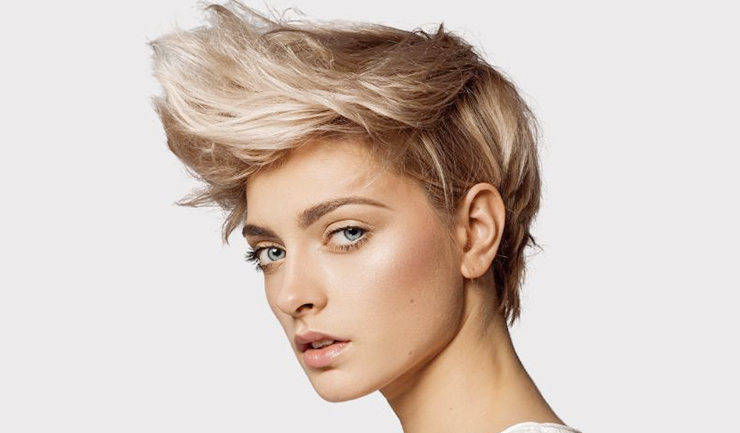How to Restore Bleached Hair
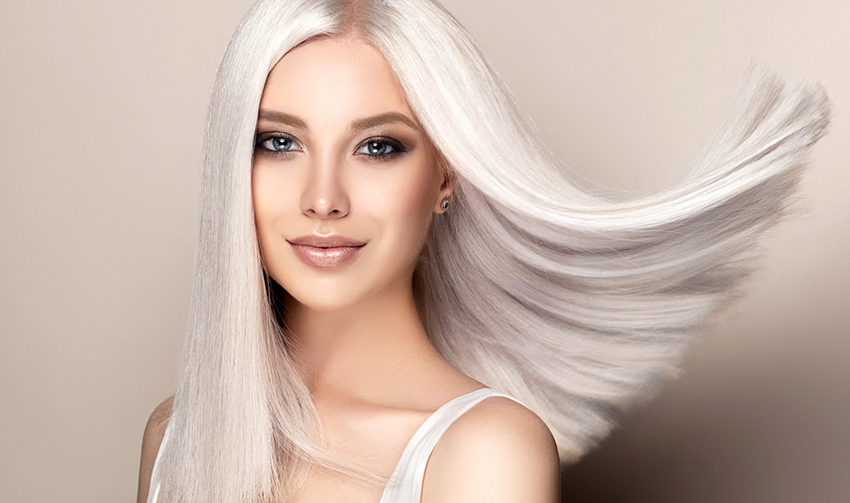
Bleaching your hair is a fun way to change up your look and experiment with different hair colors and styles. This is one of the most asking service today, it’s a trend and, more than this, it’s the way you personalize your look. Though bleaching can be very harsh for your hair too. So, let’s dive into it deeper, so you could learn how to restore your bleached hair!
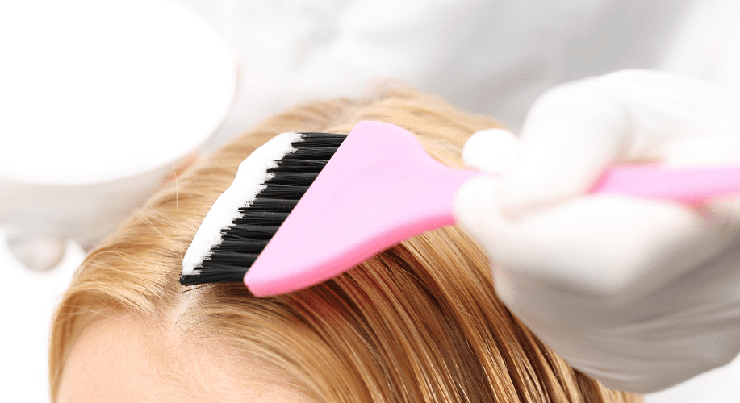
What is bleached hair
Bleaching is a hair coloring technique that uses chemicals to lighten the natural color of the hair. This technique is often used as a base for other hair colors, such as pastels or vivid colors but works like a charm from natural blond tones, to golden and honey shades, the all-blond style, being both classic and modern at the same time.
But before you can get this (and it’s a hard way to do), your hair colorist needs to know the rules and your hair story. Indeed, bleaching can be a harsh process that can damage the hair if not done properly. To achieve the desired level of lightness, a hairdresser will typically use a bleach powder mixed with a developer, which is applied to the hair. The mixture is then left on the hair for a certain amount of time, depending on the desired level of lightness. The process can be repeated if necessary.
It’s important to note that bleaching can cause dryness, brittleness, and breakage if not done properly. If you are considering bleaching your hair, please, visit a professional stylist or colorist to ensure the best and safest results. A professional will also advise you on the best after-care routine for your hair type with good quality hair care products and deep conditioning treatments to help maintain the health of the hair.
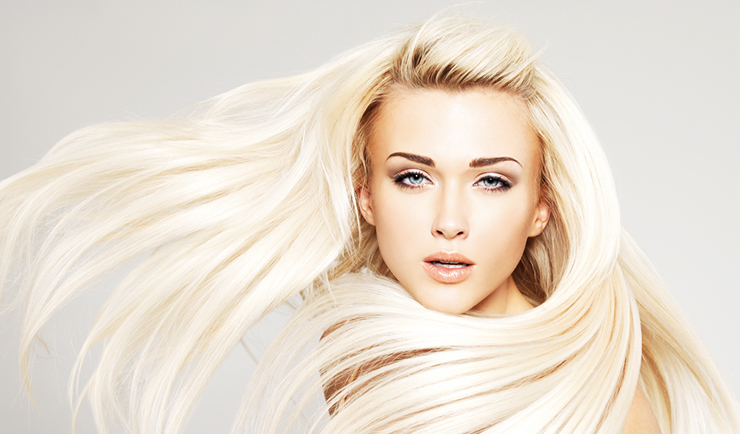
History of bleaching and trends
Bleached hair has been a popular trend in the fashion and beauty industries for many years. It is a versatile look that can be tailored to suit individual preferences and hair types. Some people prefer to have their hair fully bleached for a dramatic platinum-blonde look, while others prefer to have highlights or balayage techniques used to create a more subtle, natural-looking effect.
In recent years, bleached hair has not been as popular as it once was, but it’s still a great trend, and it’s always come back in fashion. Keep in mind — while hair trends are constantly changing, bleached hair will always be a classic look that can be adapted to suit different styles and preferences.
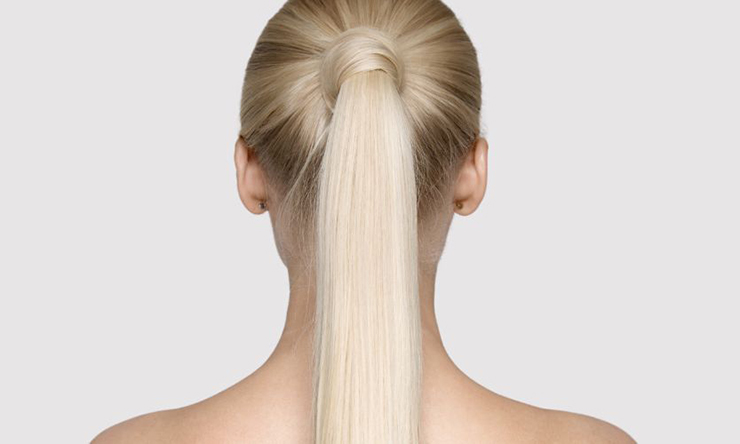
There are many icons who have sported bleached hair throughout the years. Some of the most notable include:
- Marilyn Monroe, the actress and model, was known for her platinum blonde hair and seductive beauty. She popularized the bleached look during the 1950s, and it’s still considered a symbol of glamour and femininity;
- Madonna, the singer and actress, is known for her ever-changing looks and hairstyles, but during the 1980s and 1990s, her platinum blonde hair became one of her most iconic looks;
- Lady Gaga, the singer, and actress is known for her eclectic fashion sense and bold hair choices. She has frequently sported bleached hair with different colors and styles, making it one of her signature looks;
- David Bowie, the singer, and actor, was known for his androgynous style and bold fashion choices. During the 1970s, his bleached blonde hair became one of his most iconic looks;
- Michael Jackson, the King of Pop, was known for his iconic style, including his bleached curly hair.
These are just a few examples, there have been many other celebrities who have bleached their hair, including Cyndi Lauper, Blondie, Grace Jones, and others.
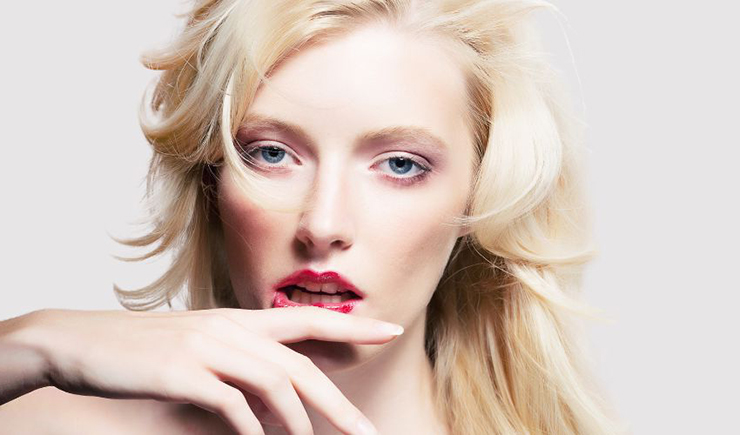
Bleached hair works on every hair type but be careful. While the process of bleaching can cause damage to your hair, regardless of its texture, it can be done on curly or coily hair. Though, if you have naturally curly or coily hair, the hair is more prone to dryness and breakage. So, when bleaching your hair, it’s important to work with a stylist who has experience in working with curly hair and who can take extra precautions to protect your hair during the bleaching process.
Before bleaching, it’s important to make sure your hair is in a healthy state. This means that your hair should be well moisturized and nourished. If your hair is dry, brittle, or damaged, it’s not recommended to bleach it.
It’s also important to keep in mind that bleaching can cause your natural curls to loosen, which can make it difficult to maintain your desired curl pattern. Your stylist may recommend a different type of hair coloring technique that can achieve a similar look with less damage.
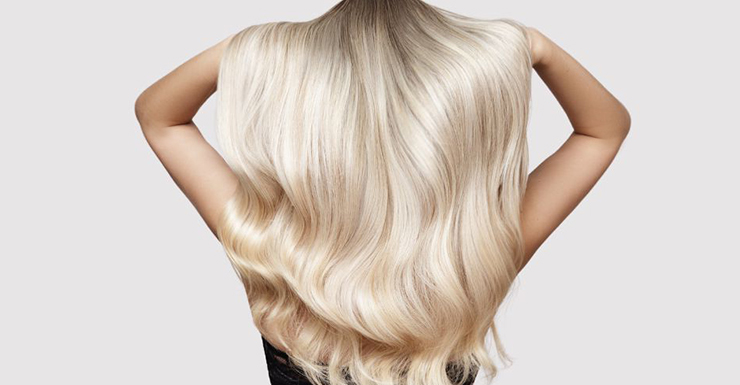
How to take care of your bleached hair
To restore bleached hair, it is important to take steps to nourish and strengthen the hair. Here are a few tips:
- Use a deep conditioning treatment: it can help restore moisture and strength to the hair. Look for treatments that contain ingredients such as protein, keratin, or argan oil;
- Trim your hair: regular trimming of hair can help get rid of damaged ends and promote healthy growth;
- Heat styling tools can cause additional damage to bleached hair. If you must use heat, wear a heat protector and keep the temperature low;
- Use a sulfate-free shampoo. Sulfates are harsh cleaning agents that can strip hair of its natural oils. A sulfate-free shampoo will be gentler on your hair and scalp;
- Avoid over-washing. Over-washing your hair can strip it of its natural oils. Try to wash your hair every 2–3 days, or even less if possible;
- Sun protection: sun exposure can aggravate the damage done to bleached hair. When spending time outside, use sunscreen on your hair or wear a hat;
- Consult a professional stylist who can advise you on the best products and treatments to restore your hair’s health, as well as recommend a hair care routine that is tailored to your hair type.
It’s worth noting that restoring bleached hair may require time and patience, it’s important to be consistent with your hair care routine and give it time to recover. You will see improvements gradually.

There are many natural and organic hair care products available that can help nourish and protect your hair. Some popular options include:
- Argan oil: rich in antioxidants and fatty acids, making it a great choice for moisturizing and conditioning the hair;
- Coconut oil: known for its moisturizing properties and can help to strengthen and repair hair;
- Avocado oil: rich in vitamins and minerals that can help to nourish the hair and scalp;
- Aloe vera: has moisturizing and soothing properties that can help to hydrate the hair and scalp;
- Shea butter: this natural butter is rich in fatty acids and can help to moisturize and protect the hair;
- Tea tree oil: this essential oil has antifungal and antimicrobial properties that can help soothe the scalp and promote healthy hair growth.
When looking for products, it’s always best to read the ingredient list and make sure that the product is free from harsh chemicals such as sulfates, parabens, and mineral oils. It’s also important to remember that what works for one person may not work for everyone, so it’s always best to try a small amount first and see how your hair reacts before committing to a whole bottle.
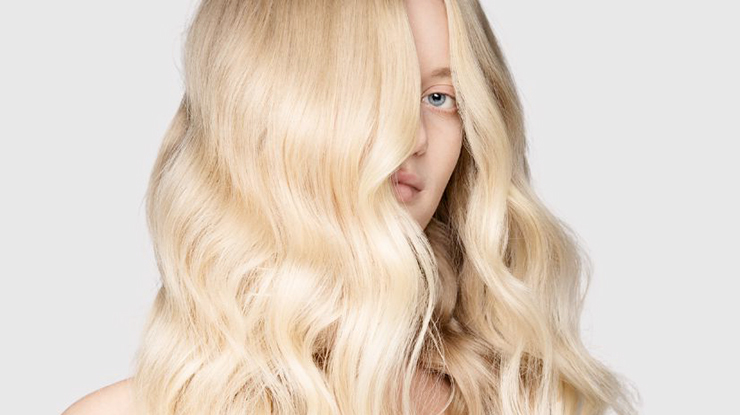
My hair Routine for your Bleached Hair
- The first gesture is to brush your hair twice a day. Evening for cleaning and removing dust and pollution particles. Your brush is your new evening shampoo;
- Shampoo gently with a special shampoo for treated hair, to give you all the good nutrition your bleached hair needs;
* How to properly shampoo like a pro: on each tip of your finger, put a drop of shampoo and mix it with the palms of your hands. When the foam is created, apply it to the scalp, and then start massaging your hair with the foam; - Apply conditioner to the length of hair you wish to comb and thoroughly rinse it out for improved hair. A thorough rinse off is crucial. When there is no foam on your toes, the work is finished. Foam is necessary for the head, but not the toes;
- Your hair has to be treated with a mask on a weekly basis to maintain it moisturized and hydrated. Start by working from the tips to the roots of moist hair. When your hair has absorbed all the necessary nutrients, rinse it out similarly to how you would with a conditioner;
- And finally, blow dry. The texture is the key to getting fantastic results. Utilize a Ph formula that is near to the scale;
- For the last and the glowy touch, add a few drops of hair oil, and it’s done!
Olivier Lebrun
